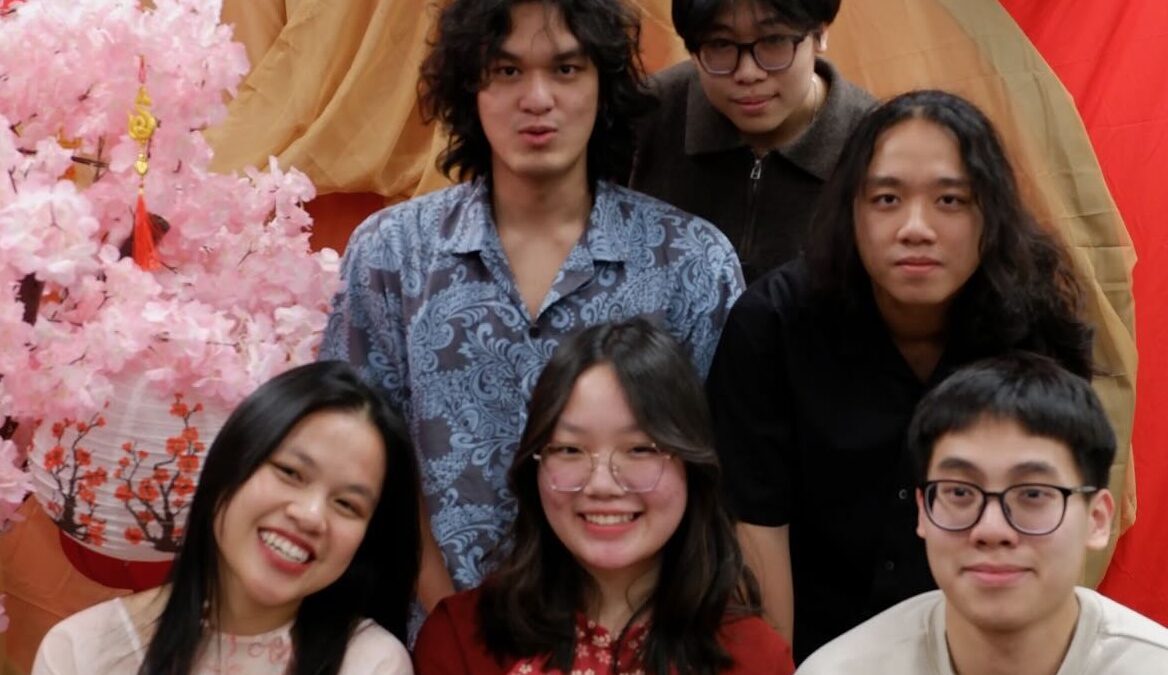Amelia Keng, Web Editor–
Lunar New Year, also known as Chinese New Year, Tet in Vietnam, and Seollal in Korea is a popular holiday steeped with many traditions, family and cultural pride.
The Lunar New Year is based on the lunar calendar, which follows the movement of the moon rather than the sun. This year’s new moon fell on Jan. 29, signaling the start of “The Year of the Snake.”
For many international students, Lunar New Year is not only a time to embrace their cultural traditions, but also a reminder of the cultural roots they carry with them. These celebrations allow them to connect with their heritage, even while studying abroad.
In Vietnam, Lunar New Year is called Tet, which is one of the most important holidays in the country. Some of the main traditions include giving out red envelopes, cleaning the house before the first day of the new year to sweep away the bad luck, and reuniting with relatives and family.
Linh Nguyen ‘28 is a student from Vietnam and is celebrating away from home for the first time this year. One of Nguyen’s favorite family traditions is to gather together and watch the “Táo Quân” show, which is a highly anticipated Viet comedy and satire program that is aired on television every Lunar New Year’s Eve.
“There’s also a tradition of giving the first visitor of the year special importance, as they are believed to bring good fortune,” Nguyen said.
Chongwen Wang ‘27 comes from Cangzhou, China, where she typically spends the Chinese New Year with her family over a huge dinner.
“We usually eat dumplings in the morning of the new year and we play the ‘New Year’s Gala Show’ on the TV,” Wang said. “We also play mahjong.”
The Wang family’s celebration can last anywhere between four and seven days.
“The main reason that we gather together is because of the elders,” Wang said. “The oldest person in my family is my grandma, and she enjoys seeing her grandchildren.”
One of Wang’s favorite festivals is the Lantern Festival, which is celebrated 15 days after Lunar New Year starts.
“One of the most special things about the Lantern Festival is the food we eat,” Wang said. “We eat a sticky rice ball that has fillings inside.”
In Korea, Lunar New Year is known as Seollal, which spans over three days. Typically during Seollal, Koreans honor their ancestors, exchange gifts and eat traditional food.
Hayoung Lee ‘26 from South Korea, enjoys celebrating Lunar New Year by making and eating food with family and friends.
In Lee’s family, the younger kids have to perform a talent show or some sort of dancing performance in order to entertain the elderly.
“The younger kids bow down to the elderly and then receive some sort of money in response,” Lee said.
Lee enjoys the food that is eaten on Lunar New Year. Some of the most popular foods eaten during this time are jeon, japchae and rice cakes.
“We eat rice cake soup on Lunar New Year,” Lee said. “It celebrates a year of aging in Korea because we count the New Year as one year of aging instead of birthdays.”

